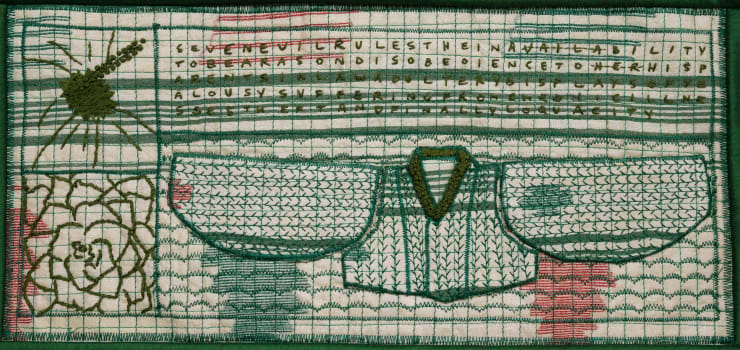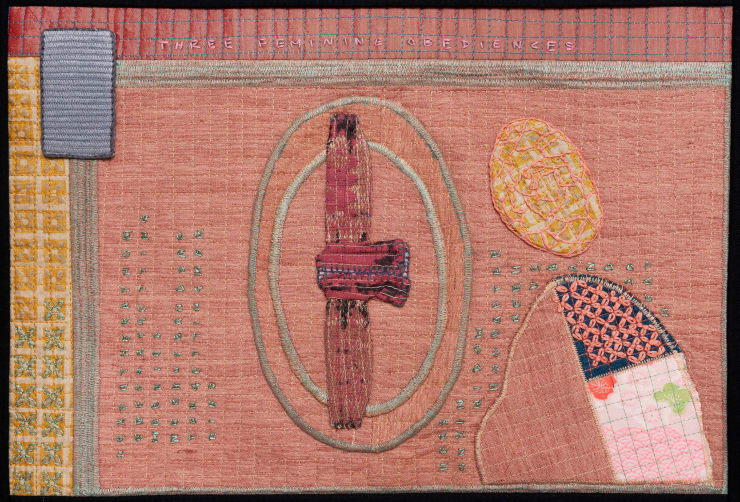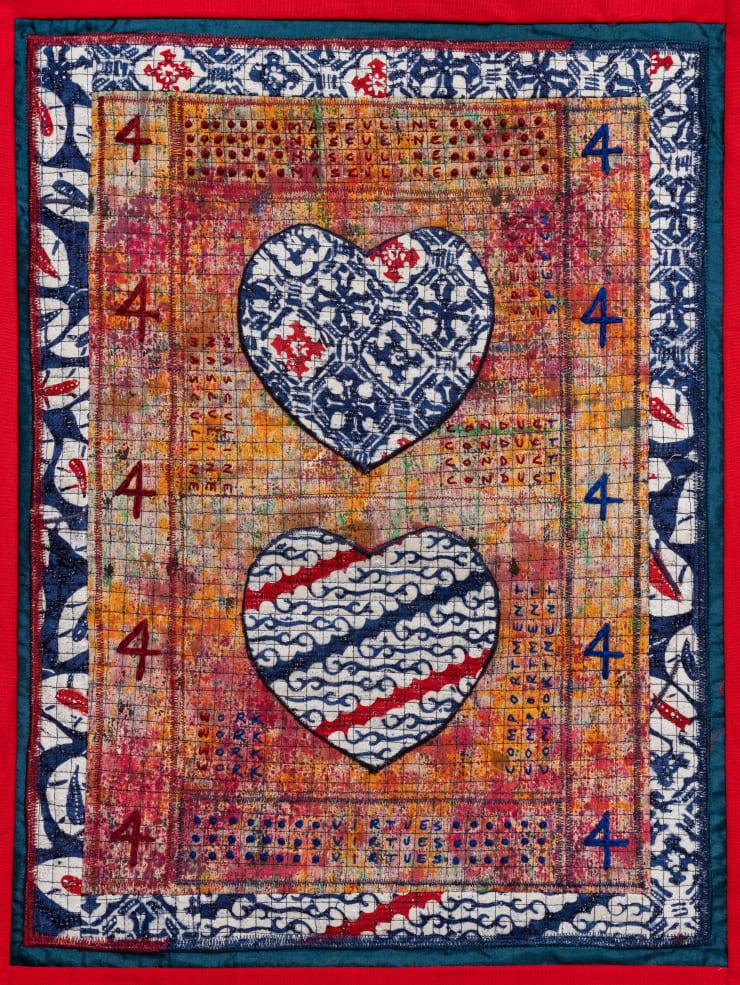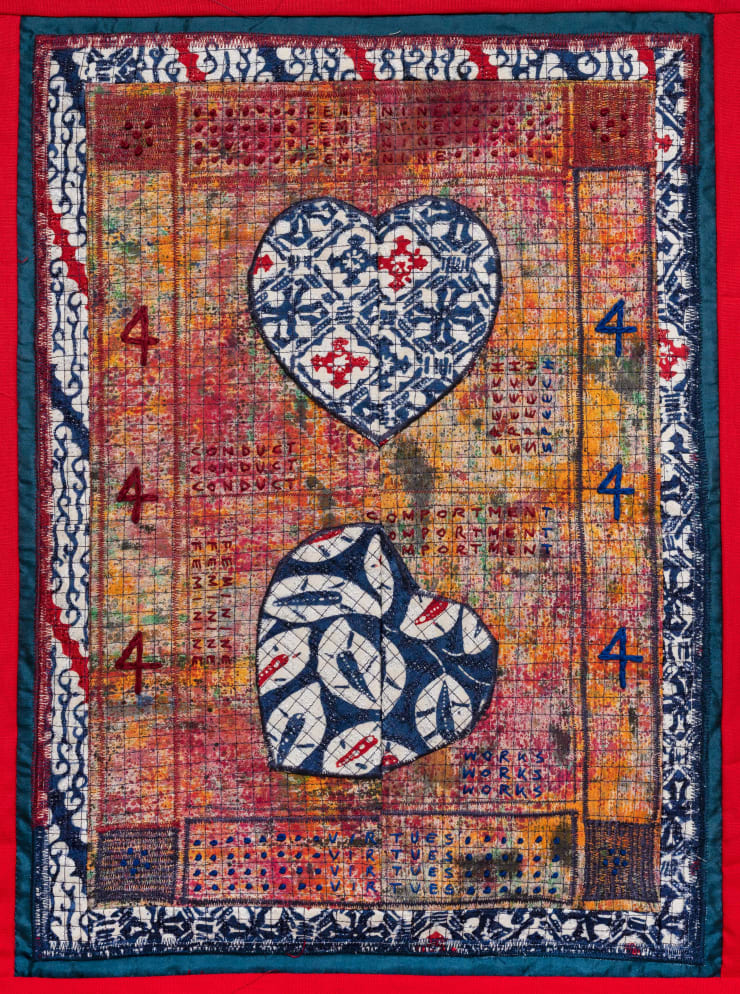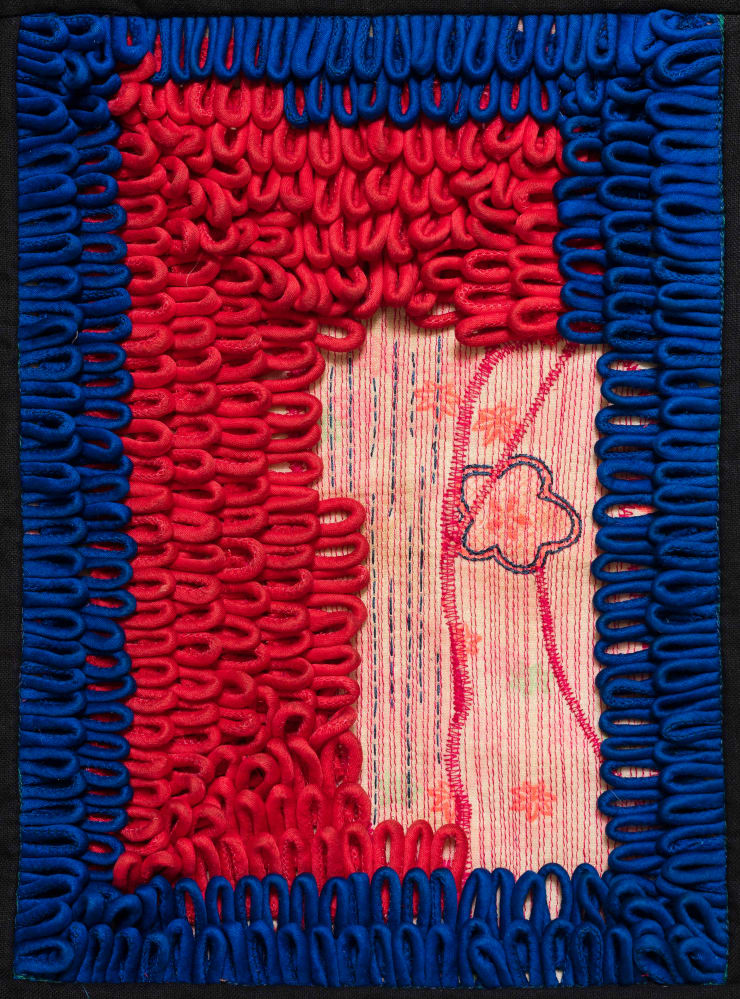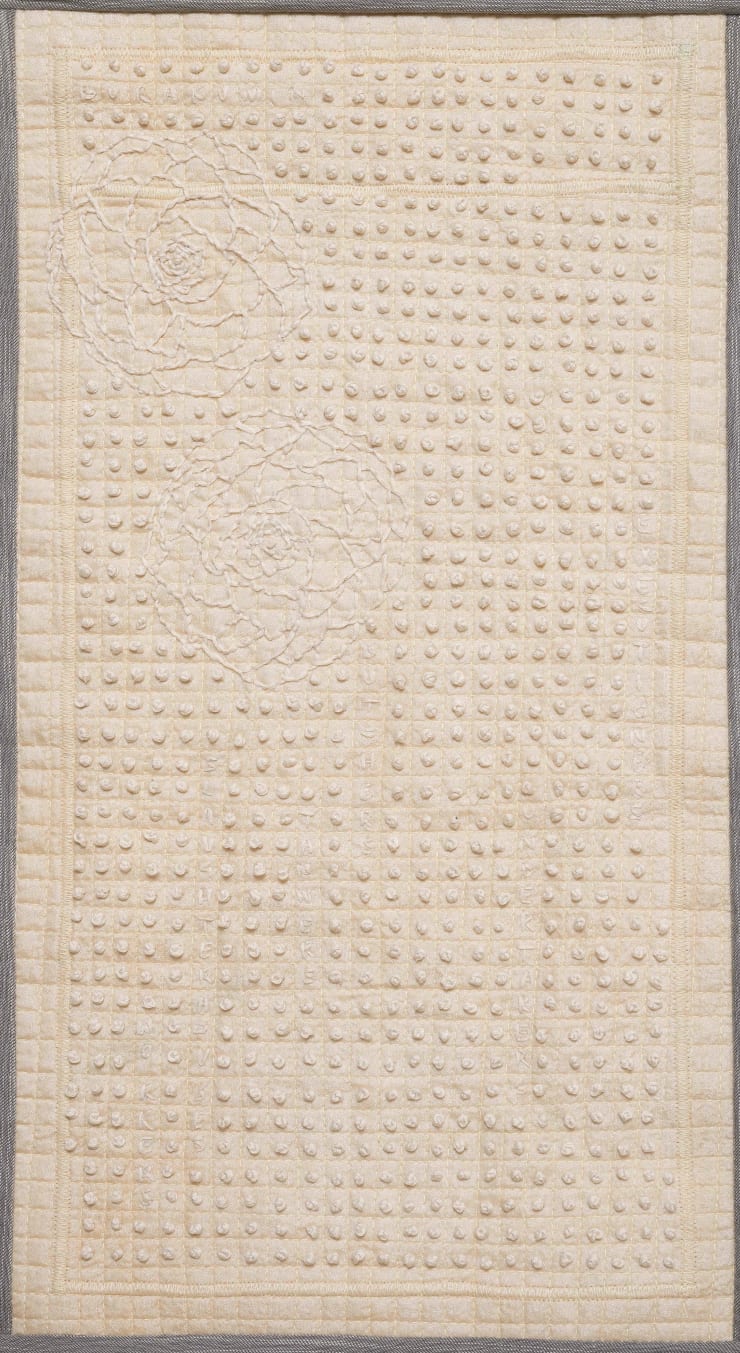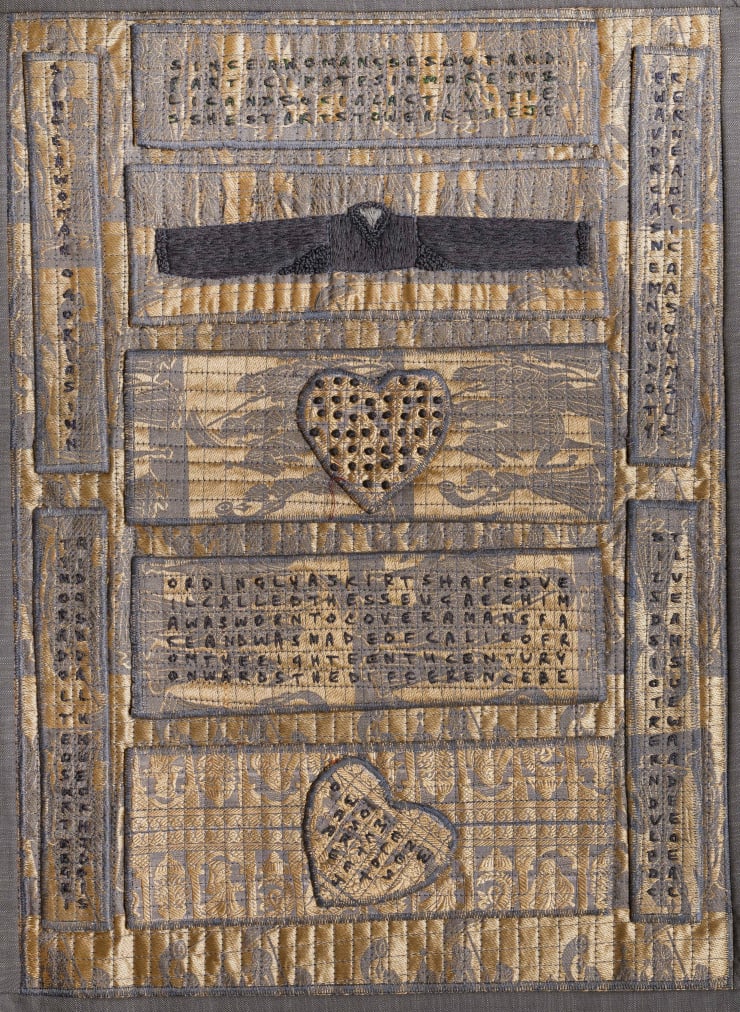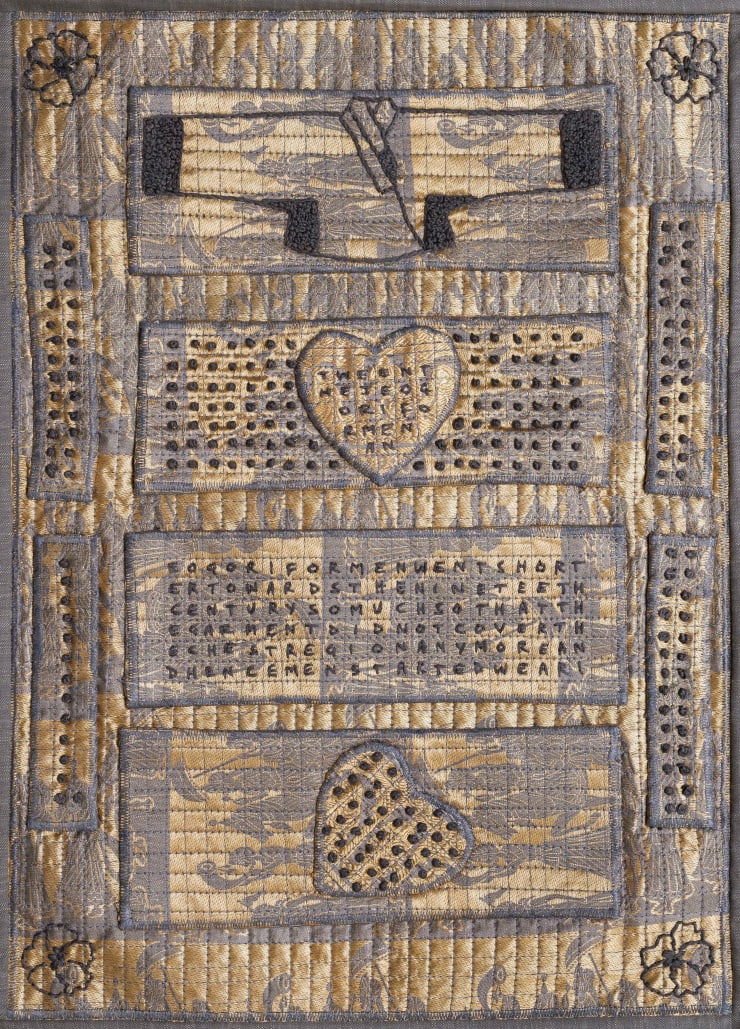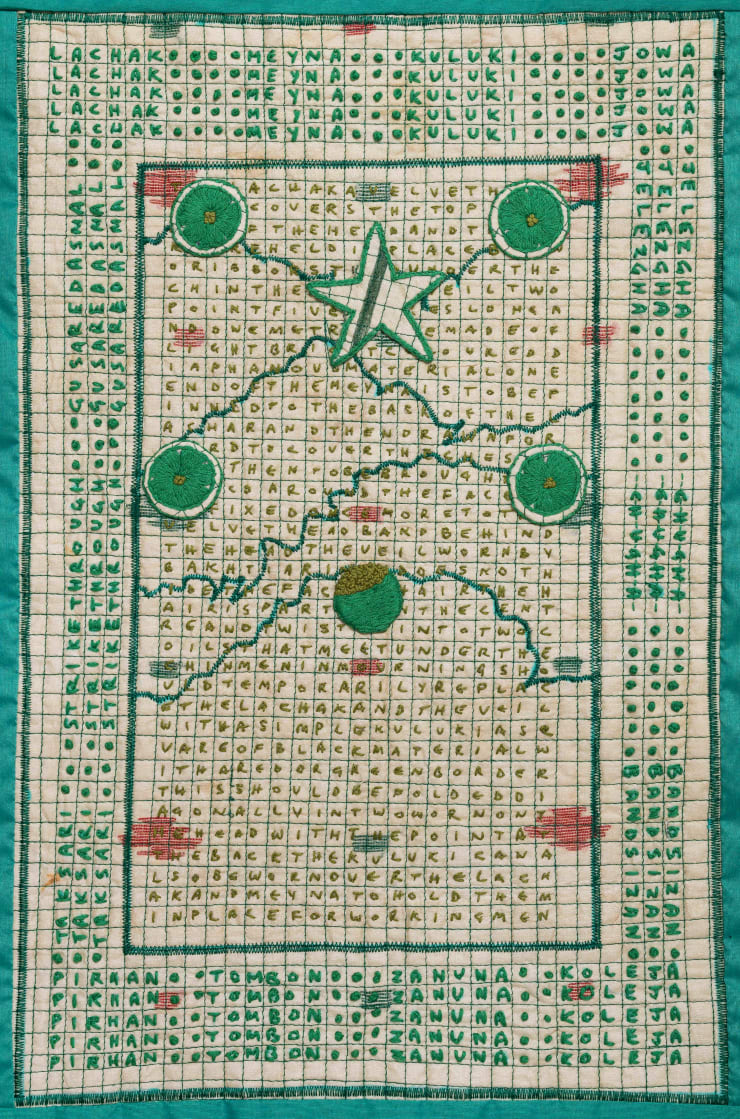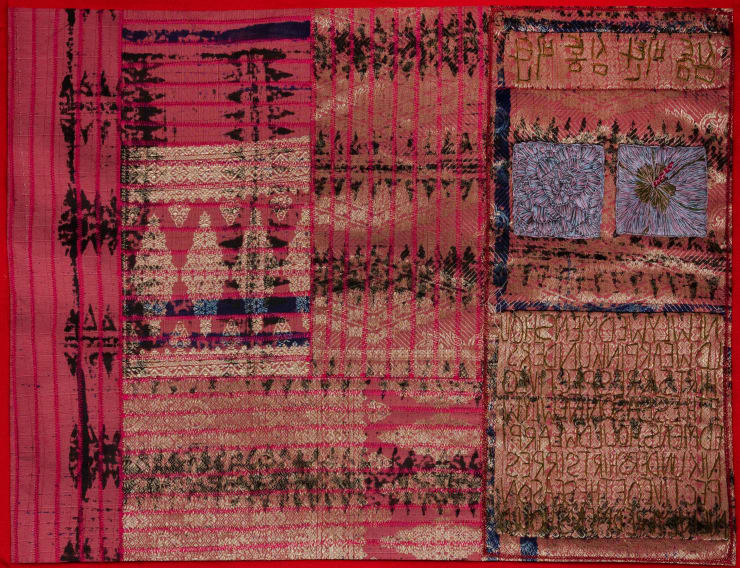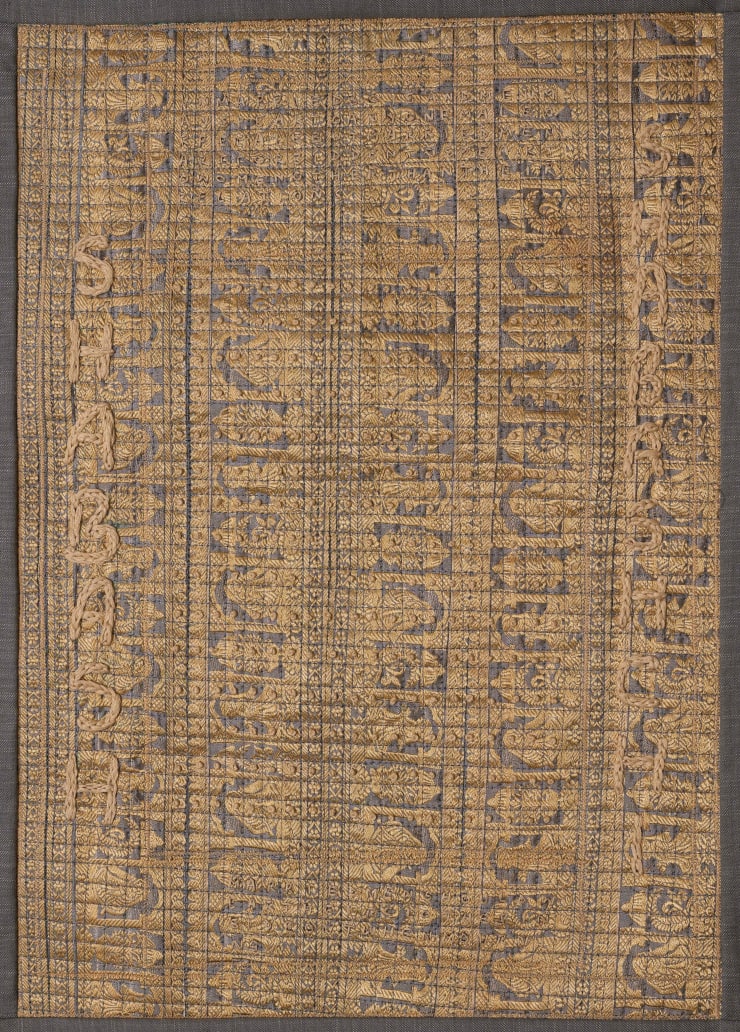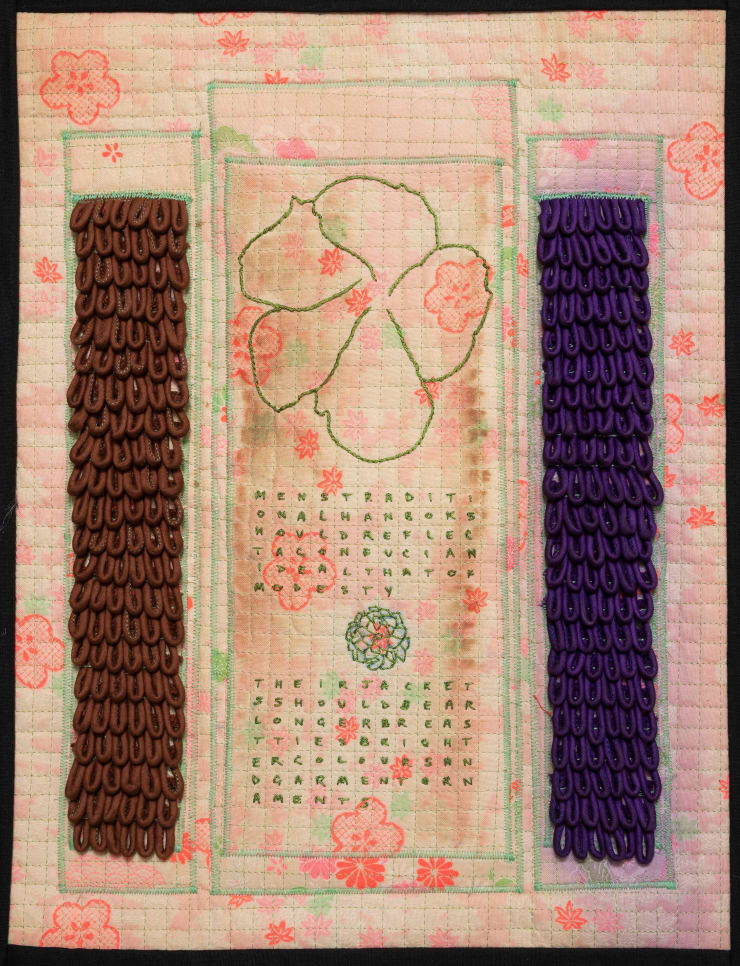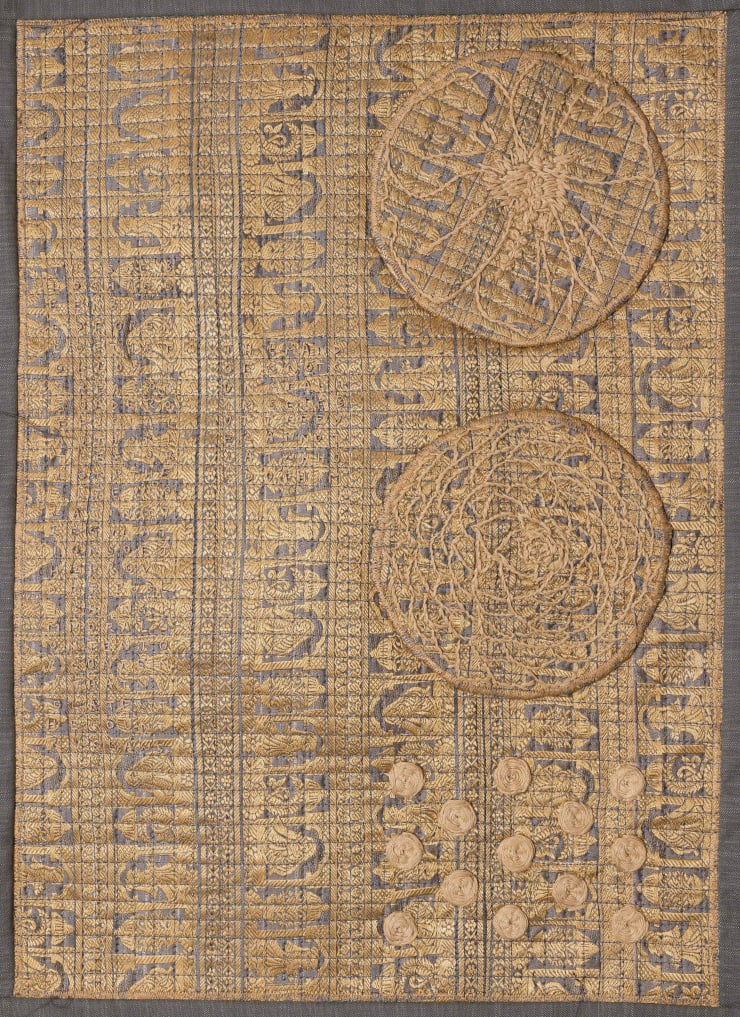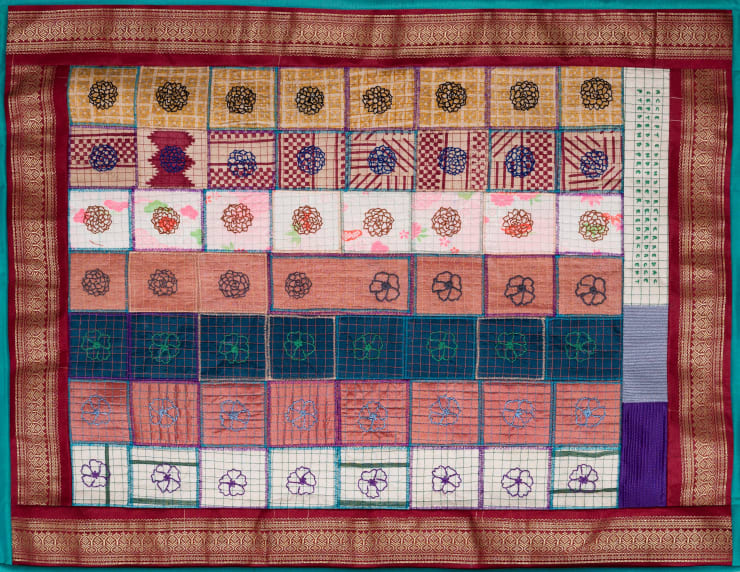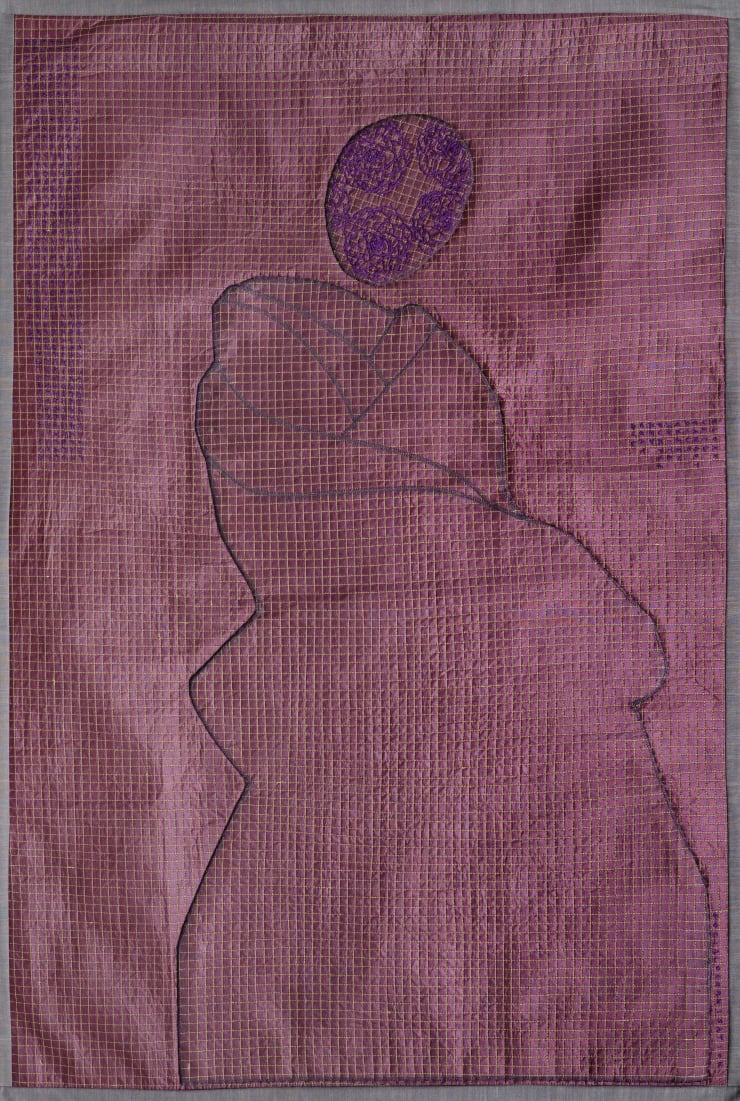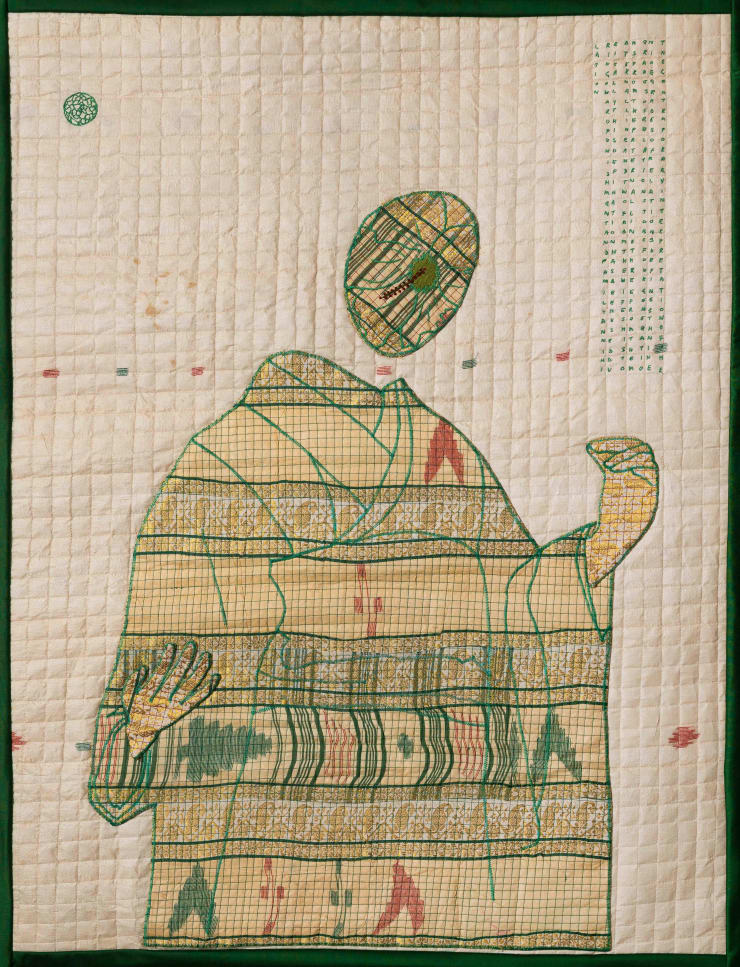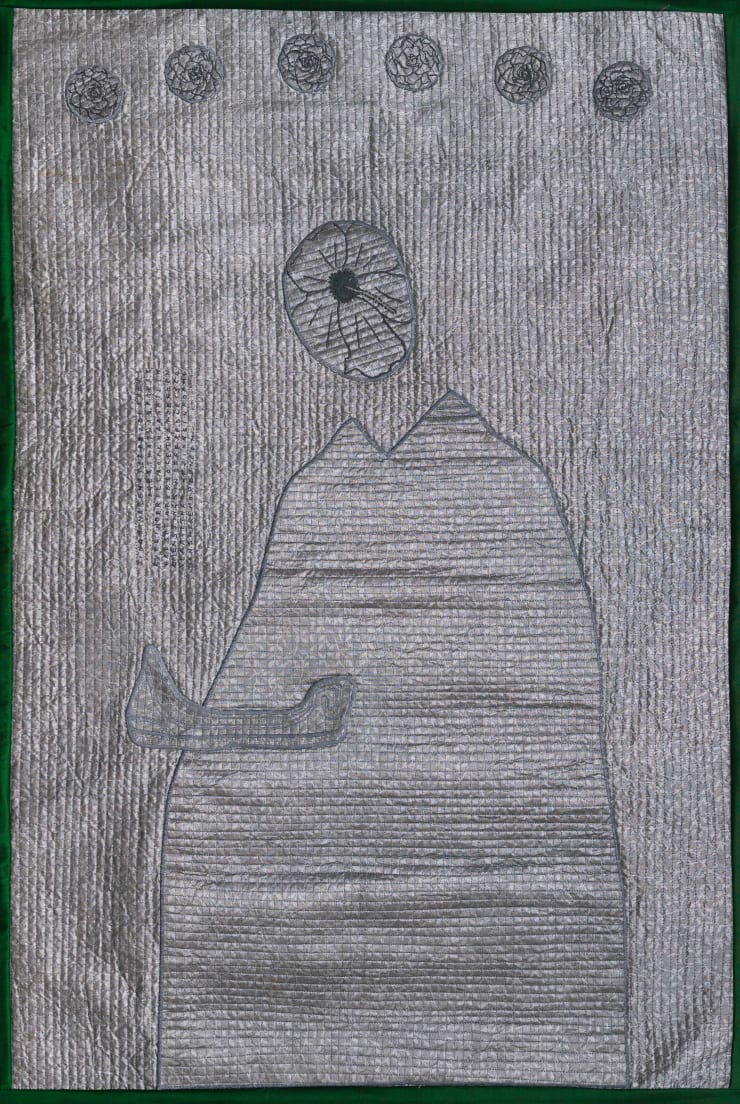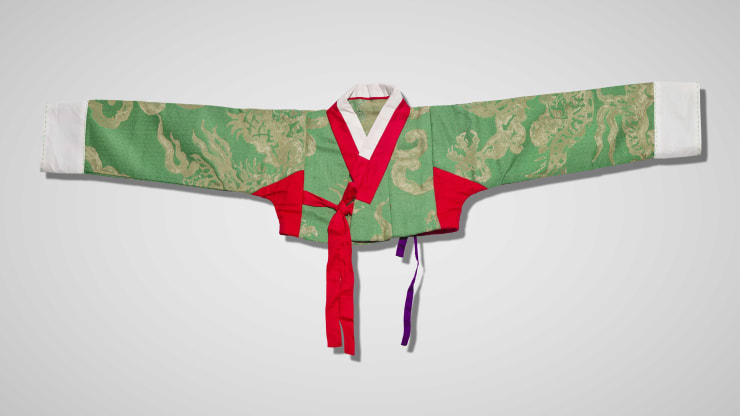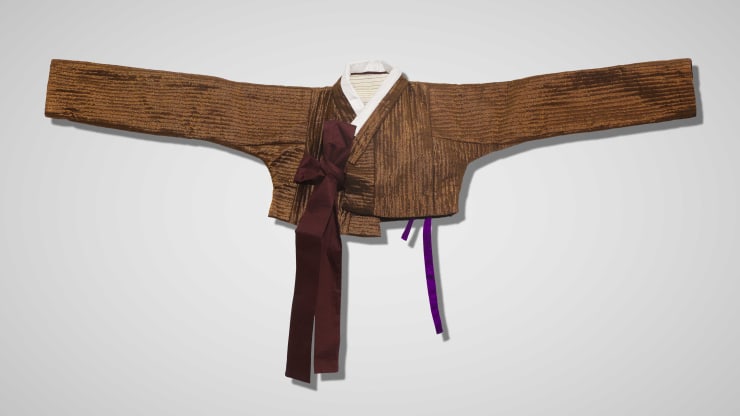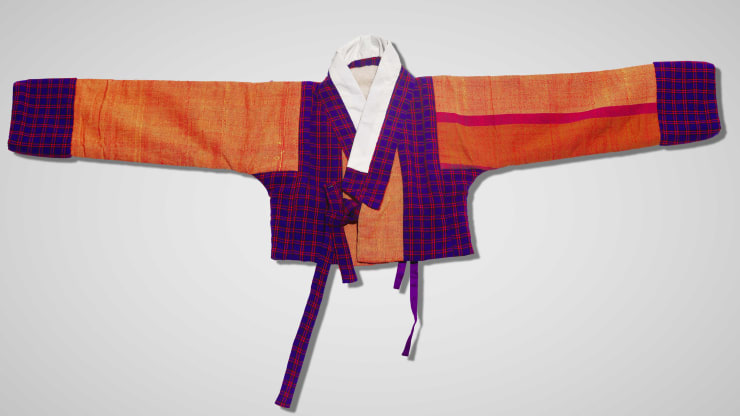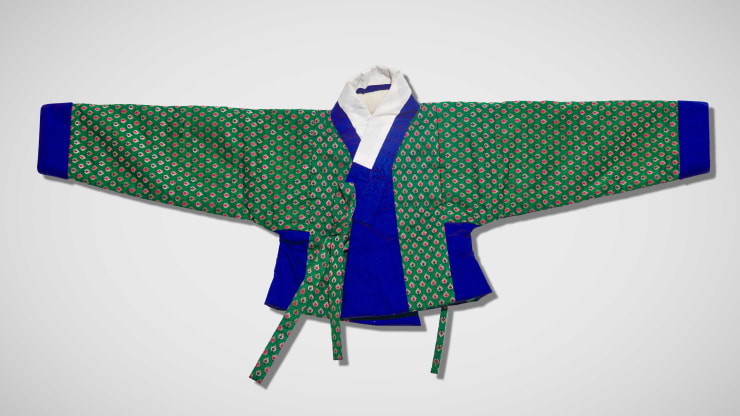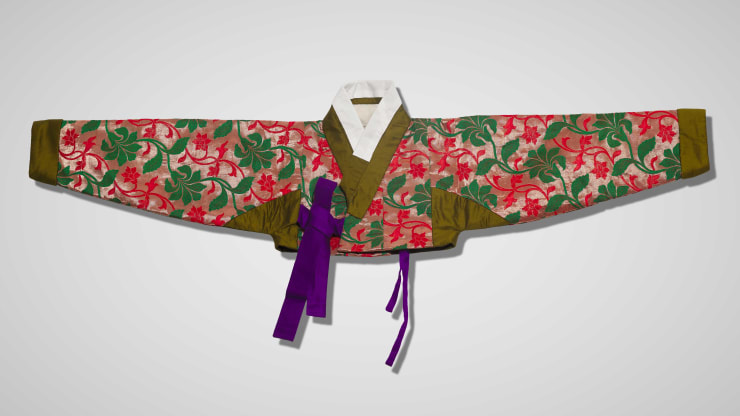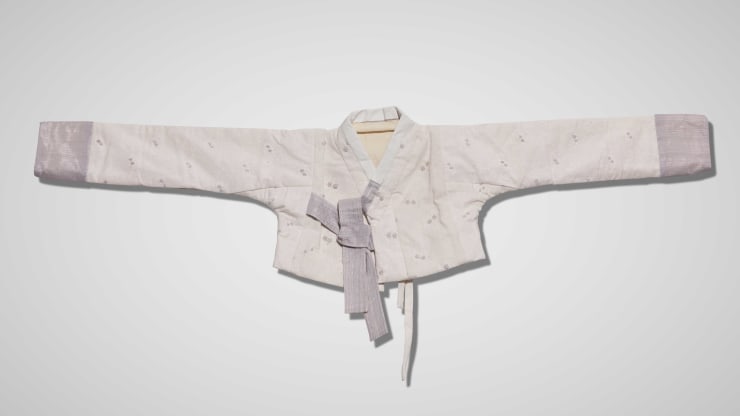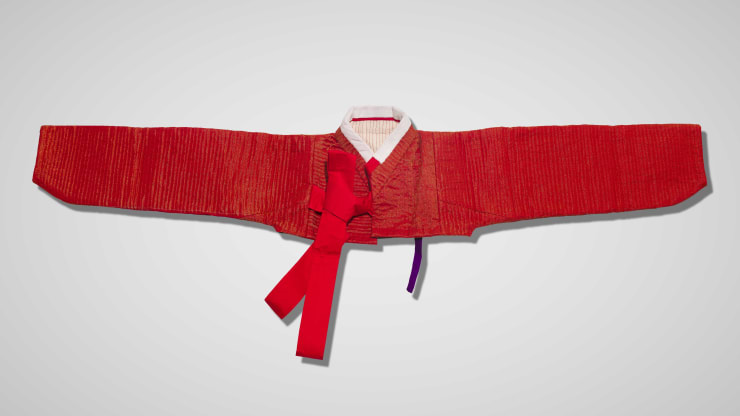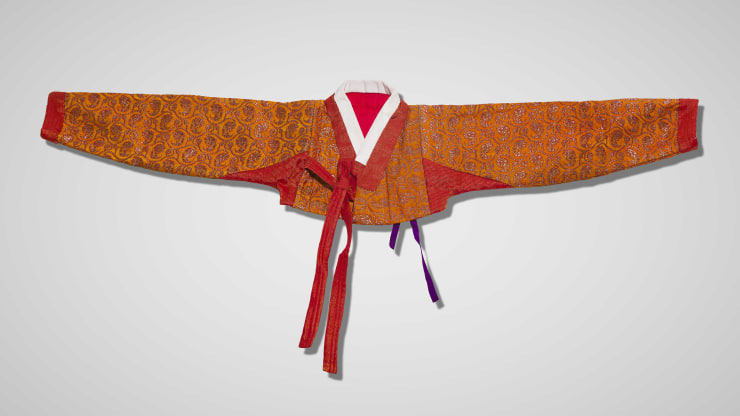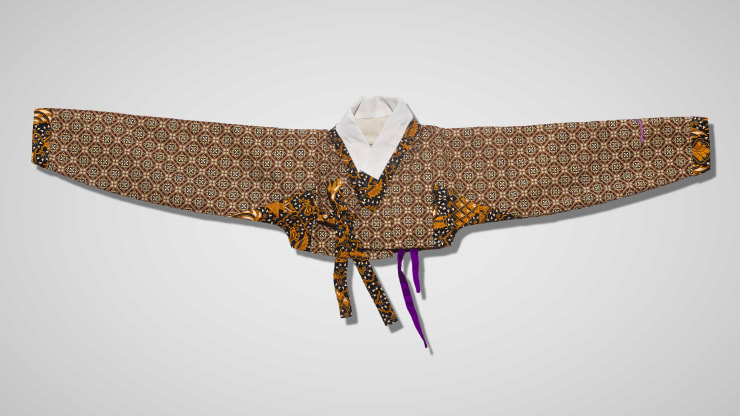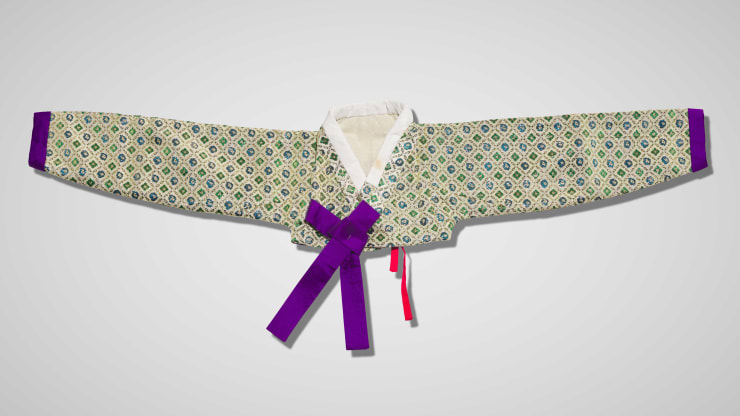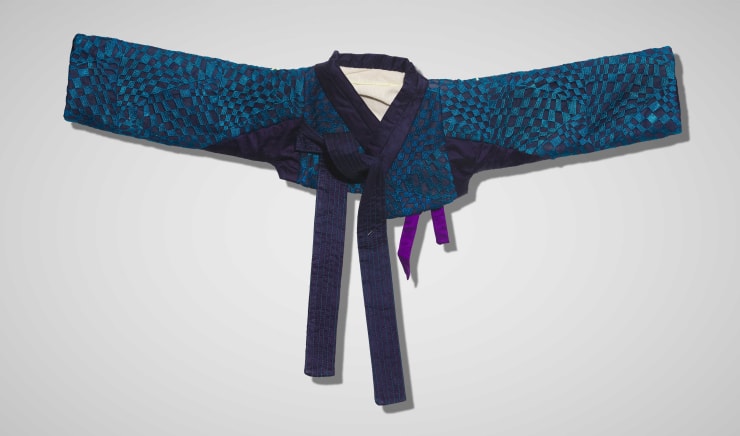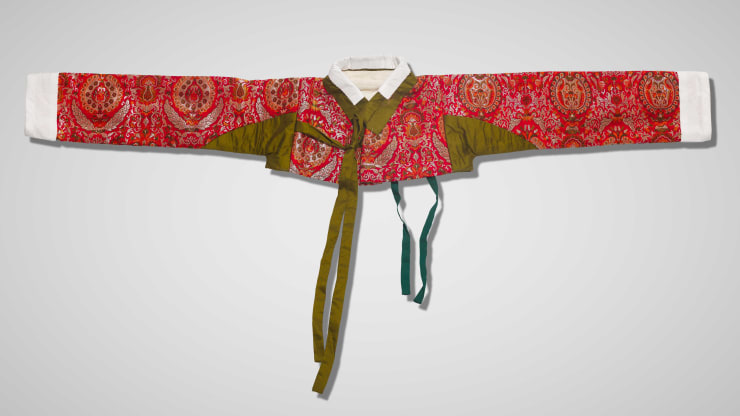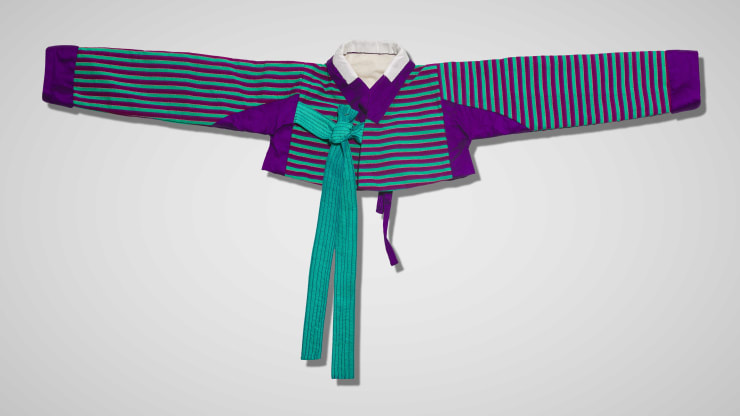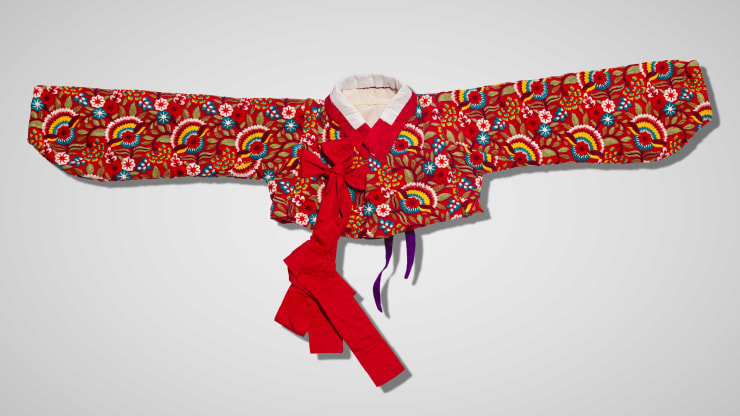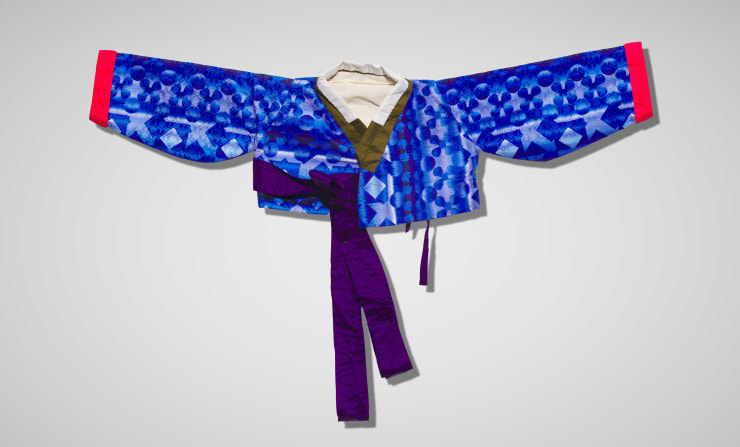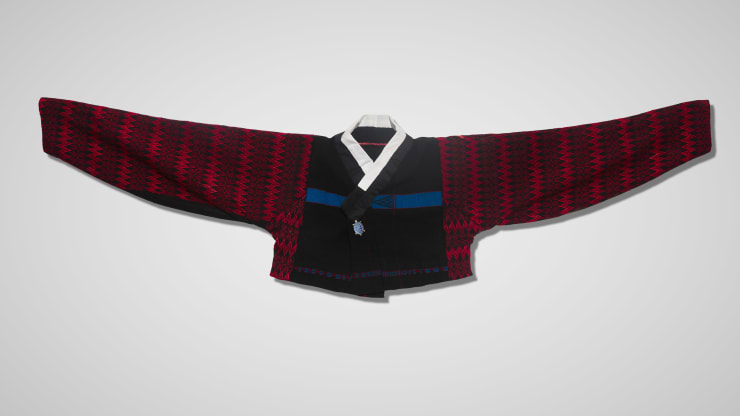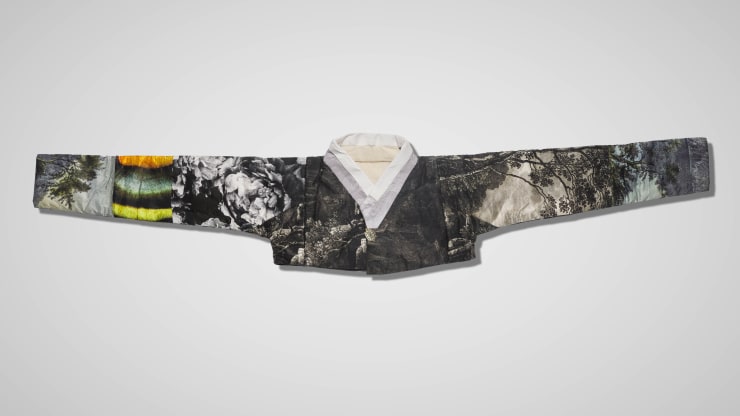-
“Exhibit tranquillity, unhurried composure, chastity, and quietude. Safeguard the integrity of regulations. Keep things in an orderly manner. Guard one's action with a sense of shame. In movement and rest, it is always done in proper measure. This is what is meant by woman's virtue. Choose words [carefully] when speaking. Never utter slanderous words. Speak only when the time is right; then, others will not dislike one's utterances. This is what is meant by woman's speech. Wash clothes that are dusty and soiled, and keep one's clothing and accessories always fresh and clean. Bathe regularly, and keep one's body free from filth and disgrace. This is what is meant by woman's bearing. Concentrate on one's weaving and spinning. Love no silly play nor laughter. Prepare wine and food neatly and orderly to offer to the guests. This is what is meant by woman's work.”
— Excerpt from Lessons for Women, Ban Zhao
Volume IV: Truths, Half-Truths, Half-Lies, Lies began after Datta's coming across this excerpt by Ban Zhao in 2022. Han dynasty’s (202 BC–9AD, 25–220 AD) Ban Zhao was China’s first known female historian. She wrote Lessons for Women for her daughters. The book was also known as Admonitions for Women, Women’s Precepts, or Warnings for Women. The circulation of Lessons for Women reached its peak during the 16th–early 20th centuries and its influence is still felt across the Korean Peninsula and Japan today. -
Sumptuary laws, religious edicts, and imperial proclamations of the past are witnessed in contemporary times in the Korean Peninsula and Japan. The exhibition stems from Datta’s extensive research into these historical ‘laws of the lands’ and their enduring impact. They attempt to stage provocations and subversive interventions through textiles in reviewing and scrutinising the materials collected during their long-term research.
-
The works on view at the exhibition negotiate patterns of censorship, notions of morality, alienation and abject class structures that are still embedded in global societies today. Datta’s previous solos Volume 3 Issue 2 (2022) and Volume 3 Issue 2 | 2.0 (2024) also considered the role of imperial edicts in the late Shōwa period (1945-1989) of Japan.Volume IV unfolds through four chapters: Truths Our Clothes Told Us; Half-Truths Our Clothes Told Us; Half-Lies Our Clothes Told Us, and Lies Our Clothes Told Us.
-
Half-Truths Our Clothes Told UsRooted in research on advertisement posters in the Meiji (1868–1912), Taishō (1912 onwards) and Shōwa (1926–1989) periods in Japan, where merchant associations and other commercial guilds commissioned print artists and publishers to produce advertisements embedded with East Confucian standards of gender roles, beauty, and society. These posters were under constant scrutiny by the Tokugawa Shogunate for subversive content or material which could be interpreted as criticism of the military government. Those deemed guilty of religious or imperial blasphemy were banished from Edo.
-
-
 Kallol Datta, Poster 01, 2025
Kallol Datta, Poster 01, 2025 -
 Kallol Datta, Poster 02, 2025
Kallol Datta, Poster 02, 2025 -
 Kallol Datta, Poster 03a, 2025
Kallol Datta, Poster 03a, 2025 -
 Kallol Datta, Poster 03b, 2025
Kallol Datta, Poster 03b, 2025 -
 Kallol Datta, Poster 04, 2025
Kallol Datta, Poster 04, 2025 -
 Kallol Datta, Poster 05, 2025
Kallol Datta, Poster 05, 2025 -
 Kallol Datta, Poster 06, 2025
Kallol Datta, Poster 06, 2025 -
 Kallol Datta, Poster 07, 2025
Kallol Datta, Poster 07, 2025 -
 Kallol Datta, Poster 08, 2025
Kallol Datta, Poster 08, 2025 -
 Kallol Datta, Poster 09, 2024
Kallol Datta, Poster 09, 2024 -
 Kallol Datta, Poster 10, 2025
Kallol Datta, Poster 10, 2025 -
 Kallol Datta, Poster 11, 2025
Kallol Datta, Poster 11, 2025 -
 Kallol Datta, Poster 12, 2025
Kallol Datta, Poster 12, 2025 -
 Kallol Datta, Poster 13, 2024
Kallol Datta, Poster 13, 2024 -
 Kallol Datta, Poster 14, 2025
Kallol Datta, Poster 14, 2025 -
 Kallol Datta, Poster 15, 2025
Kallol Datta, Poster 15, 2025 -
 Kallol Datta, Poster 16, 2025
Kallol Datta, Poster 16, 2025 -
 Kallol Datta, Poster 17, 2025
Kallol Datta, Poster 17, 2025 -
 Kallol Datta, Poster 18, 2025
Kallol Datta, Poster 18, 2025 -
 Kallol Datta, Poster 19, 2025
Kallol Datta, Poster 19, 2025 -
 Kallol Datta, Poster 20, 2025
Kallol Datta, Poster 20, 2025 -
 Kallol Datta, Poster 21, 2024
Kallol Datta, Poster 21, 2024
-
-

-

-

-
Truths Our Clothes Told UsFrom the 18th century onwards, the difference between the jeogori for men and women was clearly evident. The jeogori for women became shorter and tighter towards the 19th century, so much so that the garment did not cover the chest region anymore; hence, women started wearing chest binders. The reason being that if a man participated in more public, social activities, he would need to wear the jeogori as innerwear, under a coat. Meanwhile, women were mostly confined indoors to do the housework, with the jeogori still worn as their outer garment. A skirt-shaped veil called the sseugaechima, made of calico, was donned to cover a woman’s face.
-
-
 Kallol Datta, Jeogori 01, 2025
Kallol Datta, Jeogori 01, 2025 -
 Kallol Datta, Jeogori 02, 2025
Kallol Datta, Jeogori 02, 2025 -
 Kallol Datta, Jeogori 03, 2025
Kallol Datta, Jeogori 03, 2025 -
 Kallol Datta, Jeogori 04, 2025
Kallol Datta, Jeogori 04, 2025 -
 Kallol Datta, Jeogori 05, 2025
Kallol Datta, Jeogori 05, 2025 -
 Kallol Datta, Jeogori 06, 2025
Kallol Datta, Jeogori 06, 2025 -
 Kallol Datta, Jeogori 07, 2025
Kallol Datta, Jeogori 07, 2025 -
 Kallol Datta, Jeogori 08, 2025
Kallol Datta, Jeogori 08, 2025 -
 Kallol Datta, Jeogori 09, 2025
Kallol Datta, Jeogori 09, 2025 -
 Kallol Datta, Jeogori 10, 2025
Kallol Datta, Jeogori 10, 2025 -
 Kallol Datta, Jeogori 11, 2025
Kallol Datta, Jeogori 11, 2025 -
 Kallol Datta, Jeogori 12, 2025
Kallol Datta, Jeogori 12, 2025 -
 Kallol Datta, Jeogori 13, 2025
Kallol Datta, Jeogori 13, 2025 -
 Kallol Datta, Jeogori 14, 2025
Kallol Datta, Jeogori 14, 2025 -
 Kallol Datta, Jeogori 15, 2025
Kallol Datta, Jeogori 15, 2025 -
 Kallol Datta, Jeogori 16, 2025
Kallol Datta, Jeogori 16, 2025 -
 Kallol Datta, Jeogori 17, 2025
Kallol Datta, Jeogori 17, 2025 -
 Kallol Datta, Jeogori 18, 2025
Kallol Datta, Jeogori 18, 2025
-
-
CreditsDonors of vintage clothing and textiles, repurposed and reconstructed for the Volume IV project:
Archana Jalan
Aomori Kita no Mahoroba Rekishi-jab
Bhabani Sen
Bimolata Devi Ngairangbam
Jasmine Dhananjay Gupta
Kaze no Hana
Meenakshi Datta
Minati Dey
Ranjit Singh
Rumah Batik
Sankar Sen
Sheuli Gupta
Shiroto Harumi
Takahi Shinobu
And many anonymous donors
_
Machinists and Hand Embroiderers at Ek Tara Creates who assisted Kallol Datta in producing the works:
Khushnuma Parveen
Nasima Bano
Rehnuma Parveen
Rukshar Khatoon
Saba Begum
Sajda Khatoon
Shireen Ara
Sogra Kausar
Sultana Khatun
_
Geobuji (turtle) brooches made by Nisha Jhangiani
-
Kallol Datta, lives and works in Kolkata, India. They had solos Random Access (2017) and Volume 3 Issue 2 (2022) at Experimenter, Kolkata. Kallol was awarded the Arts Network Asia Grant in 2019, a finalist of the Jameel Prize in 2021 and one of the winners of the TAF London Emerging Artist Awards in 2022. They have exhibited at Aomori Contemporary Art Centre; Aomori, Beirut Design Fair, Centro Cultural La Moneda; Santiago, India Art Fair; New Delhi, Museo Franklin Rawson; San Juan, National Museums Scotland; Edinburgh, Nomad Monaco and Victoria and Albert Museum; London. They were part of the group exhibition Ties that Bind at the State of Fashion Biennale 2024, Arnhem. Kallol was the curator of the inaugural edition of Kolkata Queer Arts Month 2023 and was the interlocutor at the State of Fashion Biennale (STOF) 2024, Arnhem, and is member of the Creative Advisory Council for the State of Fashion Biennale 2026.
Kallol Datta | Volume IV: Truths, Half-Truths, Half-Lies, Lies
Current viewing_room

